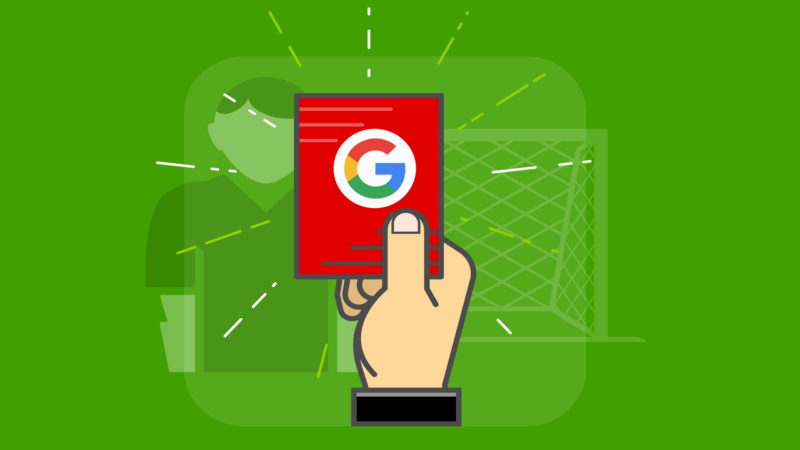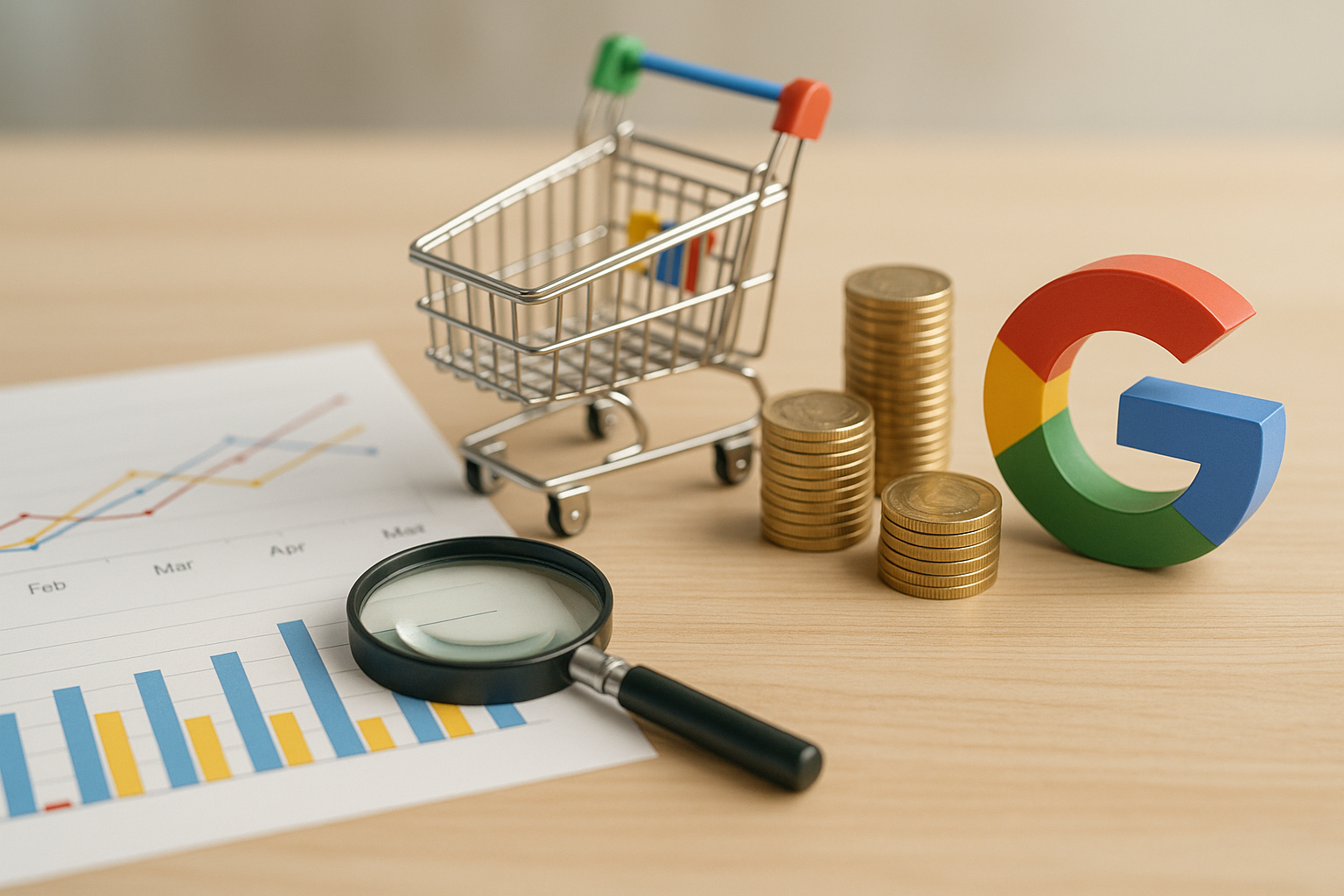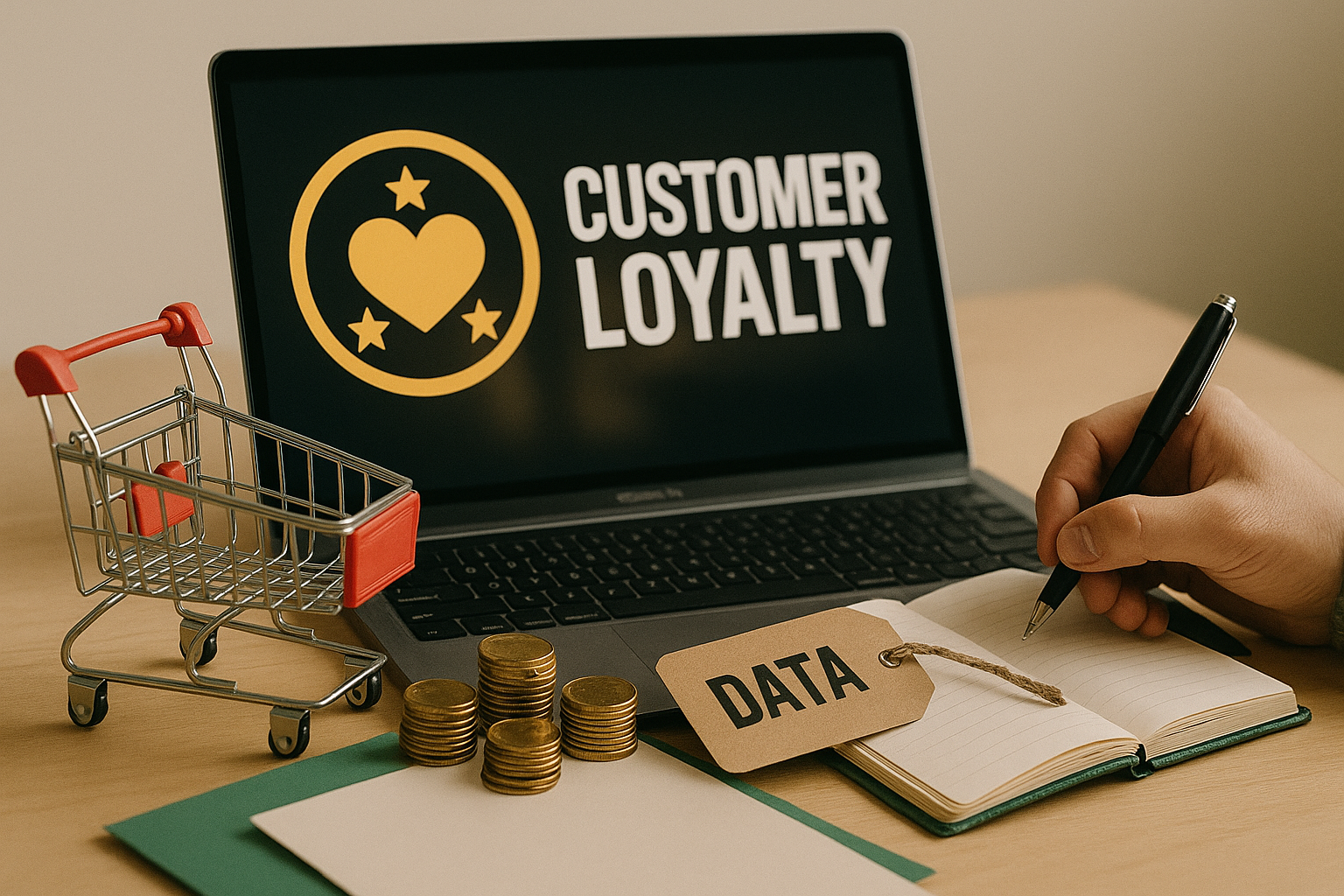
Analytica House
Eyl 4, 2022Google Cezaları Nelerdir ve Cezalar Nasıl Kaldırılır?

Markalar ve platformlar için arama motoru optimizasyonunun (SEO) önemi her geçen gün artarken, etkili SEO metriklerinden biri olan backlinkler de öne çıkmaya başladı. 2012-2018 yılları arasında büyük bir pazar haline gelen backlinkler, arama motoru algoritmalarının birçok kriteri göz önünde bulundurarak değerlendirdiği ve web sitesi görünürlüğünü önemli ölçüde etkileyen SEO metrikleri arasında yer almaktadır.
Backlink Nedir?
Backlink, tanımı gereği, bir web sitesinin farklı bir web sitesinden aldığı geri bağlantılara/verilen linklere denir. Örneğin, bir blog sitesinde paylaşılan bir makale, atıfta bulunduğu farklı sitelerdeki makalelere/içeriklere link veriyorsa, bu linkler yönlendirilen site için backlinktir. Arama motorları, backlinkleri web sitesinin değerine yönelik bir referans olarak görür. 2012 ile 2018 yılları arasında, bir web sitesinin aldığı backlink sayısı ne kadar fazlaysa o web sitesi o kadar değerli ve görünür sayılıyordu. Ancak 2018’den sonra backlinklerin bir pazara dönüşmesi, kullanıcıların çok sayıda yapay web sitesi kurarak backlink satışı yapmaları ve bu sürecin suistimal edilmesi nedeniyle arama motorları backlink tarafındaki değerlendirme stratejilerini değiştirme kararı aldı. Bu noktada karşımıza zararlı (toxic) ve faydalı backlink kavramları çıktı.
Faydalı Backlinkler
Adından da anlaşılacağı üzere faydalı backlinkler, bir web sitesinin görünürlüğünü ve otoritesini olumlu etkileyen backlinklerdir. Bir backlinkin faydalı olup olmadığını belirleyen en önemli kriterler, link veren sitenin otoritesi ve alaka düzeyidir. Yazımızın başında belirttiğimiz gibi, arama motorları backlink değerlendirme stratejilerini değiştirdi. Artık arama motorları, backlinklerin sayısına göre değil; doğal yollarla (yapay/satın alınmamış), yüksek otoriteye sahip sitelerden elde edilen backlinkleri olumlu bir değerlendirme kriteri olarak görmeye başladı. Bir backlinkin faydalı olduğunu anlamak için şu kriterlere dikkat etmek gerekir:
- Web sitesinin otoritesi yüksek,
- Orijinal içerik barındırıyor,
- Spam sayılacak kadar fazla backlink vermiyor,
- Yüksek DR & PR otorite değerlerine sahip,
- Bağlantı verilen sayfa ve siteyle yakın alaka düzeyinde,
- Yasadışı içerik (bahis, şiddet vb.) barındırmıyor,
- Arama motorları tarafından herhangi bir ceza (sandbox, ban vb.) almamış,
- Alan adı yeni açılmamış.
Zararlı (Toxic) Backlinkler
Faydalı backlinklerin tam tersi olarak düşünebileceğimiz zararlı backlinkler ise genellikle web sitesinin görünürlüğüne ve otoritesine zarar veren linklerdir. Eğer link verilen bir web sitesi aşağıdaki özelliklerden birden fazlasını taşıyorsa, bu backlink ilgili siteye faydadan çok zarar getirir.
- Web sitesinin otoritesi düşük,
- Kopya içerik barındırıyor,
- Spam sayılacak kadar çok sayıda farklı siteye link çıkışı yapıyor,
- Düşük DR & PR otorite değerlerine sahip,
- Bağlantı verilen sayfa ve siteyle alakası yok,
- Yasadışı içerik (bahis, şiddet vb.) barındırıyor,
- Arama motorları tarafından geçmişte/halen ceza (sandbox, ban vb.) almış,
- Alan adı yeni açılmış,
- Forumlardan, yapay kullanıcı yorumları içeren blog yorumlarından gelen linkler.
Zararlı Backlink Analizi Nasıl Yapılır?
Arama motorları, web site sahiplerinin sitelerine gelen backlinkleri bilinçli bir şekilde takip etmelerini ve makalemizin sonunda değindiğimiz Search Console Disavow aracı üzerinden zararlı olanları reddetmelerini istemektedir.
Zararlı backlink analizi yapılırken yukarıdaki maddeler mutlaka dikkate alınmalıdır. Aksi halde bilinçsiz yapılan disavow işlemi, faydalı linklerin otoritesini de olumsuz etkileyebilir ve web sitesinin görünürlüğüne büyük zarar verebilir. Örneğin, gelin analyticahouse.com’un zararlı backlink analizini birlikte yapalım.
Adım 1 - Backlinkleri Listeleyecek Platformu Seçmek
Öncelikle sitemize gelen backlinklerin neler olduğunu ve otoritelerini görmemiz gerekir. Bunun için genellikle Search Console > Backlinkler sekmesi veya ücretli SEO analiz araçları kullanılır.
Search Console > Backlinkler sekmesindeki linkler genellikle çok geç güncellenir ve aktif backlinklerin bulunduğu tüm platformlar burada gösterilmez. Bu yüzden birçok SEO uzmanı zararlı backlink analizinde ücretli SEO araçlarını tercih eder. Bunun için en bilinen araçlar Ahrefs ve Semrush’tır. Bugün biz de sitemizin zararlı backlinklerini Ahrefs üzerinde analiz edeceğiz.
Adım 2 - Domain Tarama İşlemi
Ahrefs panelindeki domain/URL girişine ilgili domainimizi yazarak tarama ve analiz işlemini gerçekleştiriyoruz.

Örneğin önizlemede görüldüğü üzere analyticahouse.com web sitesinin 172 farklı siteden toplamda 1810 backlinki bulunuyor.
Adım 3 - Backlink Veren Domainleri Belirlemek
Bu bölümde öncelikle sol taraftaki “Linking Domains” kısmına tıklayarak backlinklerin hangi domainlerden geldiğine bakmamız gerekir.


Açılan sayfada backlink veren domainleri ve DR değerlerini görüyoruz. Burada önceliğimiz, DR değeri 10’un altında olan siteleri tespit edip bunları bir kenara not etmek.

Bu siteleri kenara not ettiğimizde, büyük ölçüde .pw uzantılı domain liste sitelerinden gelen linkler olduğunu görüyoruz. Eğer bu linkler arasında doğal ve faydalı sitelerden gelen backlinkler varsa, bunları listeden çıkarıp kalan domainleri listemizde tutmaya devam ediyoruz.

Buradaki domainlerin bir kısmı domain liste siteleriyken, bir kısmı da dijital pazarlama, SEO ve performans reklamcılığı odaklı sitelerden oluşuyor. Çok doğru olmasa da, arama motorları domain liste sitelerini tanıyıp anlamlandırabildiği için, düşük otoriteye sahip domain liste sitelerini reddetmek sağlıklı bir uygulamadır.

Adım 4 - Backlink Veren Sitelerin Çıkış Link Sayısı
Zararlı link analizinde bir diğer önemli faktör, backlink veren domainin başka kaç siteye link verdiğidir. Ahrefs taramasındaki 5. sütunda yer alan “Dofollow linking domains” sekmesi, ilgili sitenin kaç farklı siteye dofollow link verdiğini gösterir.

Buradaki önemli kriter şudur; özellikle düşük ve orta DR değerine sahip web siteleri, çok sayıda farklı siteye dofollow link veriyorsa, arama motorları tarafından spam backlink olarak değerlendirilecektir. Bu yüzden bu siteleri disavow listemize eklemek mantıklı olacaktır.
Adım 5 - Backlinklerin Anchor Textleri
Web sitesine alınan backlinklerin kalite seviyesini belirleyen bir diğer faktör ise bu linklerin verildiği anahtar kelimelerdir. Çünkü kullanıcılar bu anahtar kelimelere tıklayarak ilgili siteyi ziyaret edecek ve aslında sitemiz bu anahtar kelimeler üzerinden referans alacaktır. Bunu görmek için sol menüden “Link Texts” butonuna tıklıyoruz.

Açılan pencerede, linklerin hangi anchor text üzerinden geldiğini ve aynı anchor text ile kaç domainin link verdiğini görebiliyoruz.
Buradaki önemli kriter; siteyle alakasız olan ve boş/yanlış anchor textler veren domainleri tespit edip bunları disavow listesine eklemektir.

Tüm bu domainleri disavow listemize ekledikten sonra, artık Search Console’a yükleyeceğimiz disavow dosyamızı hazırlayabiliriz.
Adım 6 - Disavow.txt Dosyasını Hazırlamak
Disavow dosyası, zararlı backlinkleri Search Console üzerinden reddettiğimiz ve bu domainlerden sitemize gelecek tüm zararı engellediğimiz bir araçtır. Bu araca yüklenecek domain listesi belirli bir formatta ve .txt uzantılı olmalıdır. Bunun için önce “analyticahouse-disavow.txt” isminde bir dosya oluşturuyoruz.
Dosyamızı oluşturduktan sonra reddetmek istediğimiz domainleri her satıra bir tane gelecek şekilde ekliyoruz.

Burada dikkat edilmesi gereken nokta; domainler sadece domain adı şeklinde girilmelidir. Örneğin https://sitename.com/page adresindeki domaini reddetmek istiyorsak sadece domain:sitename.com şeklinde eklenmesi yeterlidir.
Eğer bir domainin tümünü değil, sadece tek bir sayfasındaki linki reddetmek istiyorsak, o zaman sadece ilgili URL’yi .txt dosyasına eklemek yeterlidir. Örneğin sitename.com alan adındaki tüm linkleri reddetmek yerine sadece /page linklerini reddetmek istiyorsak, “https://sitename.com/page” adresini ilgili .txt dosyasına eklememiz yeterlidir.
Adım 7 - Disavow Dosyasını Search Console’a Yüklemek
Hazırladığımız disavow.txt dosyasını yüklemek için aşağıdaki adrese giriş yapıyoruz.
https://search.google.com/search-console/disavow-links

Ardından “Mülk Seç” kısmından web sitemizi seçiyoruz.

Web sitemizi seçtikten sonra “Disavow listesi yükle” diyerek hazırladığımız .txt dosyasını yüklüyoruz.

İşte bu kadar! Disavow dosyamızı başarıyla yükledik ve web sitemize zararlı olacağını düşündüğümüz backlinkleri reddettik. Bu işlemi her ay bir kez uygulamalı, güncellenen zararlı linkleri tespit edip disavow dosyamıza eklemeli ve ardından “Değiştir” diyerek dosyamızı güncellemeliyiz.
More resources

Google MMM ile Satış Artışlarını Doğru Ölçmenin 5 Yolu
Google MMM (Marketing Mix Modeling), pazarlama karması modellemesi olarak bilinen bu yöntem, çerezsi...

ChatGPT Shopping Research Nedir? Nasıl Çalışır?
ChatGPT Shopping Research, kullanıcıların alışveriş araştırmalarını hızlandıran yapay zeka destekli...

Black Friday Sonrası Sadık Müşteri Kazanmak İçin Veri Tabanlı Taktikler
Sadık müşteri kazanımı, Black Friday sonrası dönemde e-ticaretin en stratejik hedeflerinden biridi...

